Swimming is often regarded as one of the best full-body workouts,
Offering cardiovascular benefits,
Improving strength and flexibility, and being gentler on the joints than many other sports.
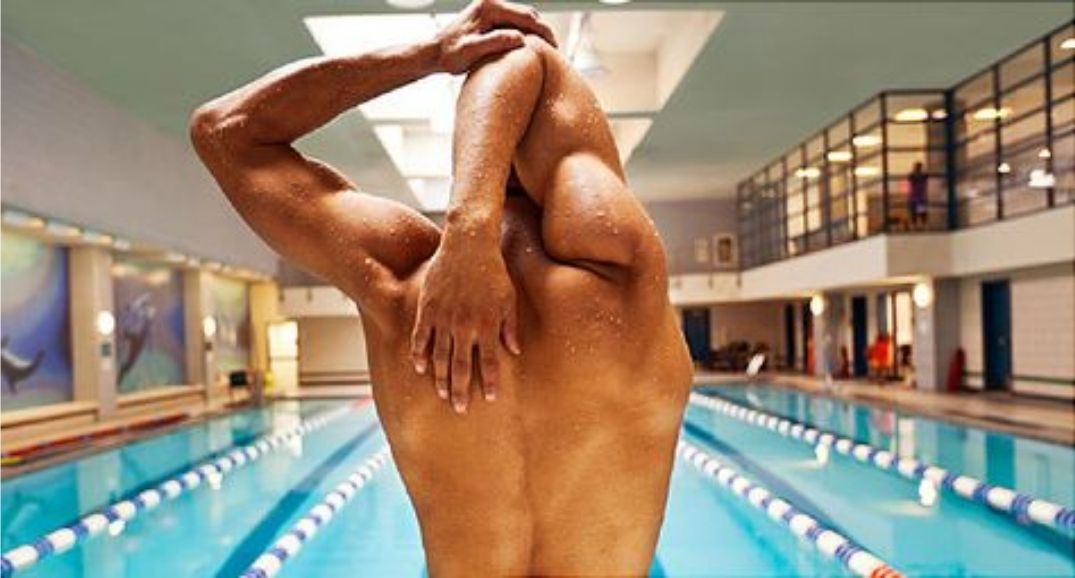
However, despite its reputation for being low-impact, swimming injuries are more common than we realize.
According to the National Center for Biotechnology Information (NCBI), over 60% of swimmers report experiencing some form of injury during their careers.
From elite athletes to casual lap swimmers, no one is entirely immune.
Understanding the common swimming injuries and how to avoid them is essential for preventing unnecessary pain, setbacks, and long-term damage.
In this blog, I’ll show you about some common swimming injuries and some tips to our toronto’s swimmer folks about how to avoid them to keep swimming injury-free for years to come.
Without further ado, Let’s dive into the topic
What are Swimming Injuries
Swimming is an incredible activity, but like any sport, it can sometimes lead to injuries.
Swimming injuries are usually caused by overuse, poor technique, or even not warming up properly.
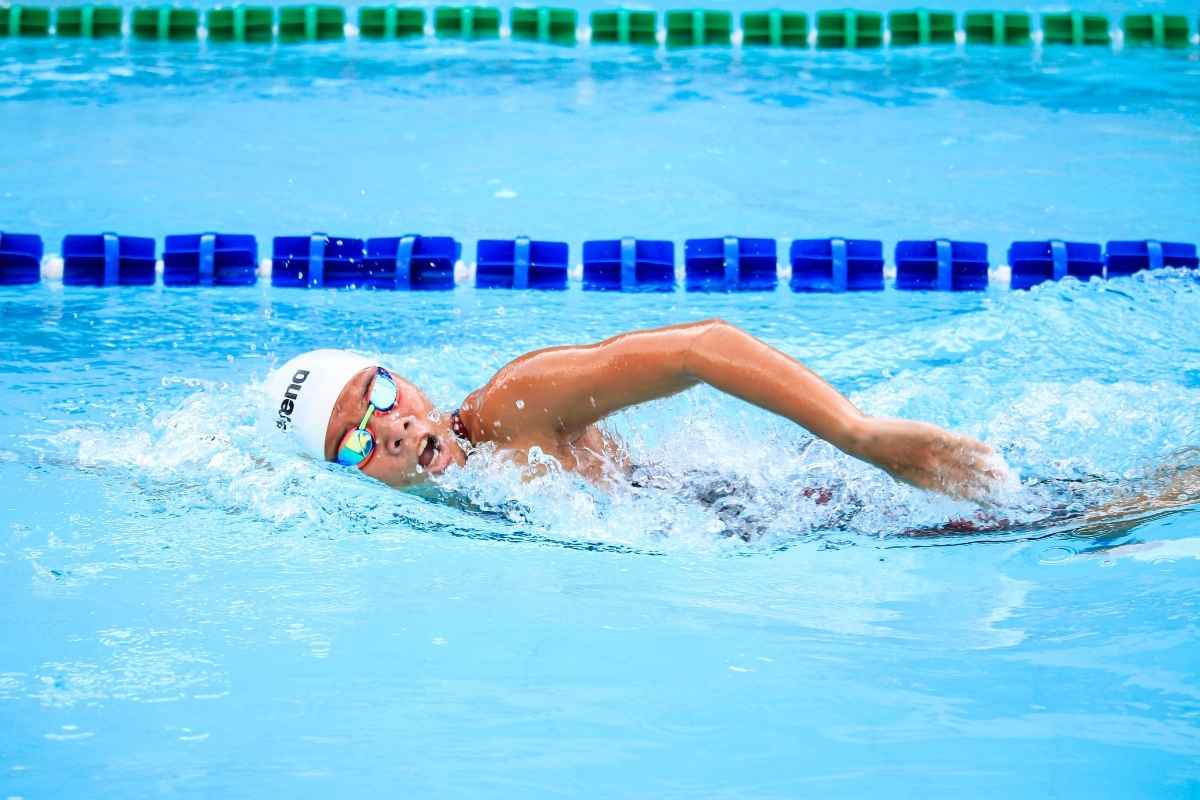
These can affect parts of the body like the shoulders, knees, or back, which are frequently in motion during strokes.
Do Swimmers Get a Lot of Injuries?
While swimming may seem like a safer option compared to high-impact sports like running or football, the reality is that swimmers face a variety of risks.
In fact, the repetitive nature of swimming strokes, combined with hours of training in the water, can lead to overuse injuries, muscle strain, and joint issues.
Swimmers tend to injure themselves in specific areas, particularly in the shoulders, knees, and lower back, due to the mechanics of their strokes.
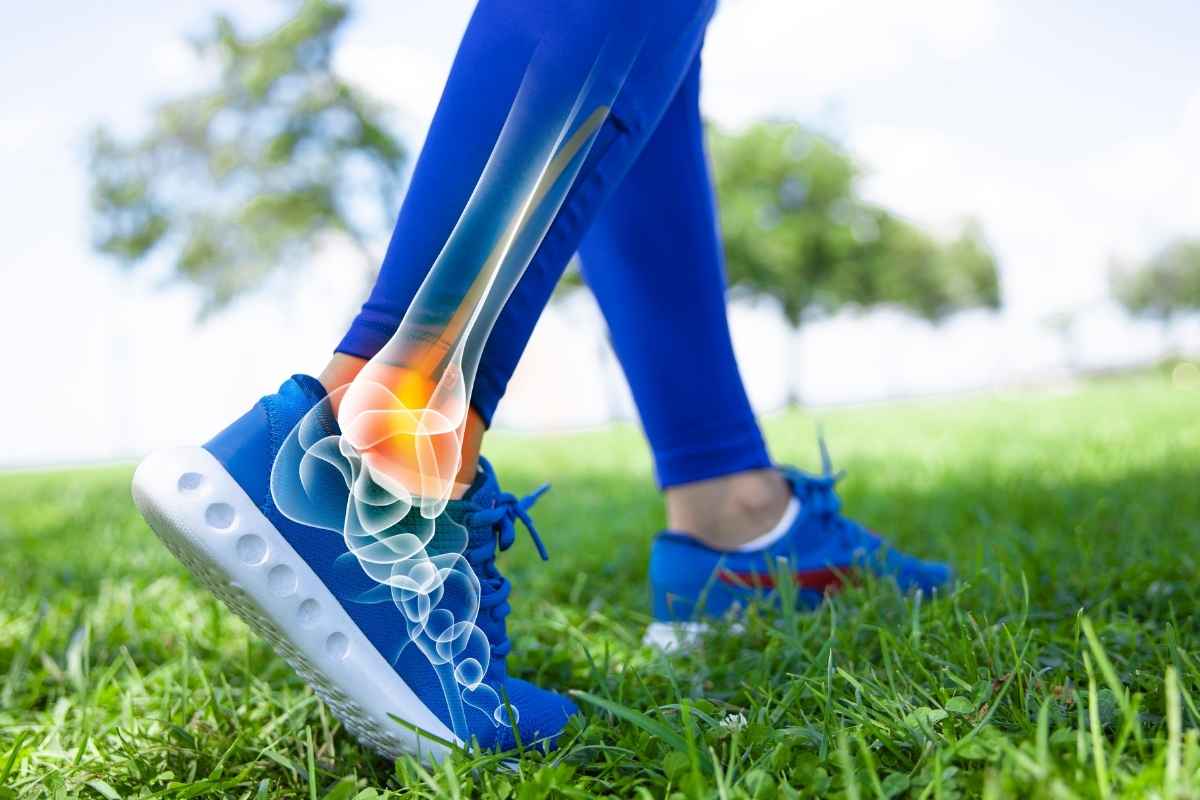
The good news is that many of these injuries are preventable, or at least manageable, with the right knowledge and practice.
Let me tell you about the most common swimming injuries, what causes them, and how you can avoid them.
Causes of Swimming Injuries
The primary cause of swimming injuries is overuse.
Swimmers often repeat the same motions for hours, which can cause stress on muscles, tendons, and ligaments.
But overuse isn’t the only culprit.
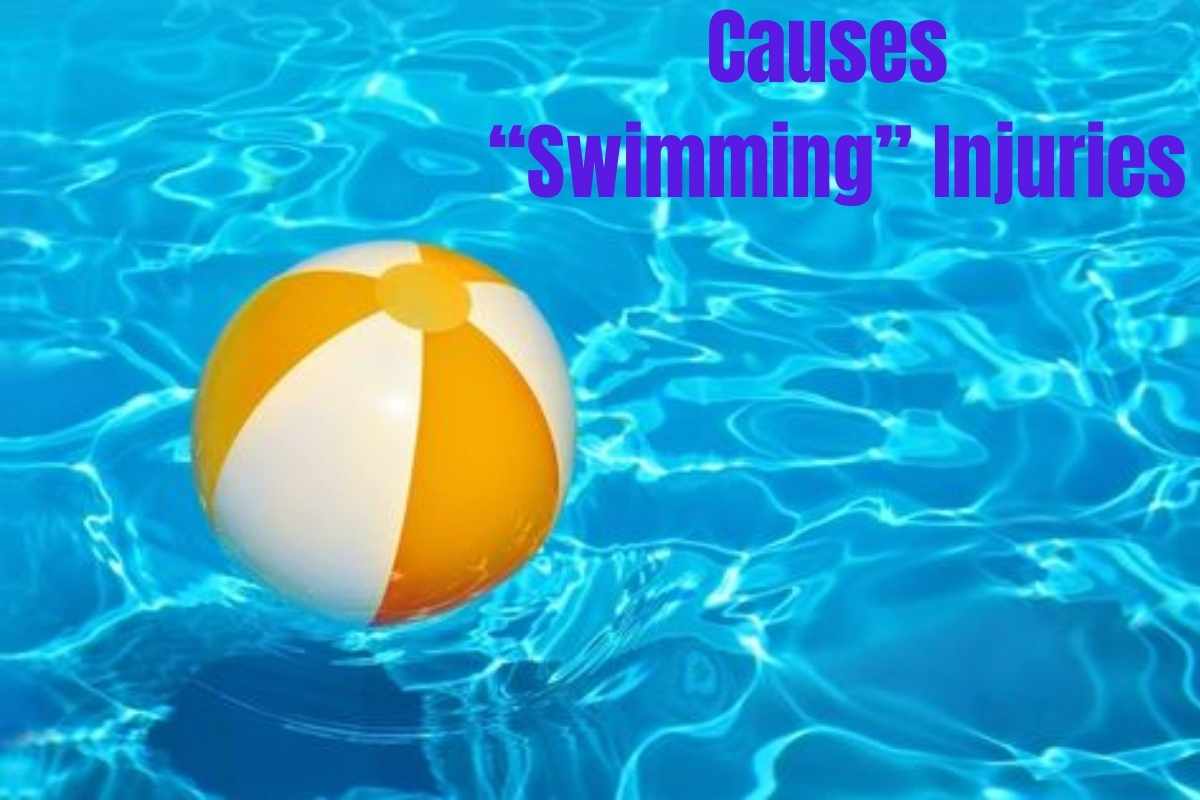
Improper technique, poor core strength, lack of flexibility, and imbalanced training all contribute to the risk of injury.
Additionally, fatigue, overtraining, and not allowing enough time for recovery can exacerbate these issues.
Types of Common Swimming Injuries
1. Lower Back Pain
Lower back pain is a common complaint among swimmers, especially those who do a lot of freestyle or butterfly.
These strokes require a significant amount of core stability and flexibility. Without proper technique or core strength, swimmers may strain their lower back muscles or aggravate spinal joints.

2. Swimmer’s Knee
Swimmer’s knee refers to pain around the kneecap that is caused by improper kicking mechanics.
It’s common in breaststroke swimmers who use a wide, powerful kick that places pressure on the knee joint.
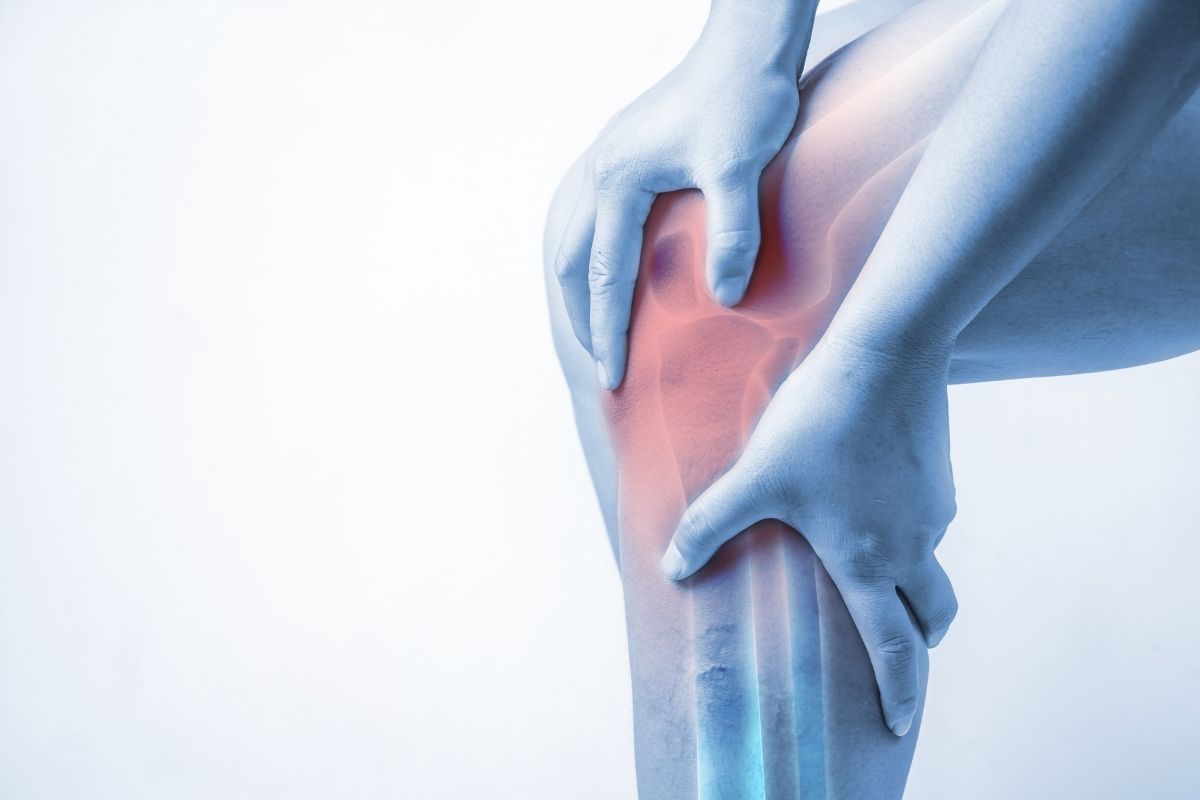
Over time, this repetitive motion can lead to pain and inflammation.
3. Shoulder Impingement
Shoulder impingement is one of the most common injuries among swimmers.
It occurs when the tendons of the rotator cuff become irritated or compressed as they pass through the shoulder joint.
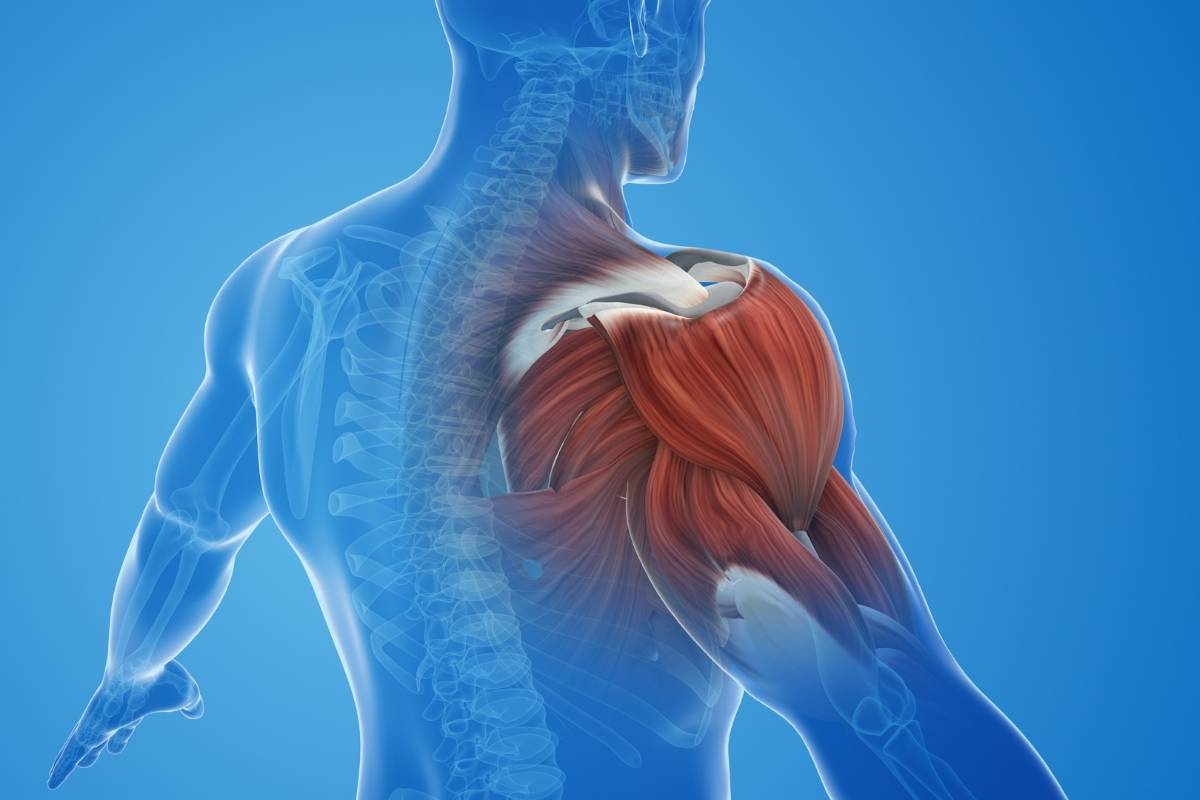
This condition is often linked to poor stroke mechanics, overuse, and muscle imbalances.
4. Rotator Cuff Tears
Swimmers are at risk for rotator cuff injuries due to the repetitive overhead motion in strokes like freestyle, backstroke, and butterfly.
Rotator cuff tears can vary in severity, and if left untreated, they may require surgical intervention.
5. Bicep Tendonitis
Bicep tendonitis is another overuse injury that affects the tendon in the upper arm.
Swimmers who frequently perform strokes involving arm extension (such as freestyle or butterfly) are more prone to this condition.

6. Ankle Injuries
Ankle injuries, particularly ankle sprains, can occur during turns or pushes off the wall.
If a swimmer doesn’t properly engage their ankle flexibility or doesn’t use the correct technique during their push-offs, it can lead to strain or injury.
7. Plantar Fasciitis
While it may seem like an injury reserved for runners, swimmers are not immune to plantar fasciitis, which is the inflammation of the tissue on the bottom of the foot.
This is especially common among swimmers who spend a lot of time on pool decks or have poor arch support in their footwear.
8. Overtraining
Swimmers who train intensely without proper recovery are susceptible to overtraining injuries. Overtraining can lead to muscle strains, joint pain, and fatigue, which increases the risk of other injuries.
9. Swimmer’s Shoulder
Swimmer’s shoulder is a broad term for shoulder injuries caused by overuse. It includes conditions like tendinitis, bursitis, and rotator cuff strains.
Poor swimming technique, overtraining, and inadequate warm-up can all contribute to this painful condition.
10. Knee Injuries
In addition to swimmer’s knee, other knee injuries such as patellar tendinitis and cartilage damage are common in swimmers. This is often due to improper kicking techniques or lack of strength in the leg muscles.
11. Swimmer’s Ear
Swimmer’s ear is an infection of the ear canal caused by water exposure. It’s common in swimmers who don’t dry their ears after practice. It can lead to pain, itching, and sometimes hearing loss if not treated.
12. Breaststroke Knee
As mentioned earlier, the breaststroke kick places a lot of strain on the knee joint. If done incorrectly, it can lead to a condition known as breaststroke knee, which is pain and inflammation around the knee area caused by the unique motion of the kick.
13. Improper Technique
Improper stroke technique is one of the primary causes of swimming injuries. Whether it’s a poor breathing pattern, incorrect arm movements, or improper kicking mechanics, poor technique places unnecessary strain on muscles and joints.
14. Hand Injuries
Swimmers who don’t properly extend their fingers during the pull phase of their stroke may develop hand injuries. These can range from sprains to tendonitis, especially in swimmers who use a lot of force in their strokes.
15. Neck Injuries
Neck strain often occurs due to improper head position during freestyle or backstroke. Lifting the head too high or twisting it excessively can place undue stress on the neck muscles.
16. Hip Injuries
Swimmers may develop hip injuries, particularly with repetitive butterfly strokes or improper body alignment. Weak hip muscles, poor flexibility, or an overuse of certain strokes can contribute to this issue.
17. Patellofemoral Pain Syndrome
This condition refers to pain around the kneecap caused by poor alignment of the knee joint. It’s often seen in swimmers who perform the breaststroke or other strokes that stress the knee joint.
18. Medial Collateral Ligament Injury
This ligament injury can happen during the twisting or overextension of the knee joint during certain strokes. It’s more common in swimmers who don’t have proper technique or core strength.
How to Avoid Swimming Injuries
Proper Technique
The most effective way to prevent injuries is to ensure you’re using the correct swimming technique.
Consider working with a coach or instructor to refine your strokes and learn the most efficient techniques.
Strengthening Exercises
Regular strength training for core stability, shoulder muscles, and leg muscles can significantly reduce the risk of injury.
Incorporating resistance training, dryland workouts, and flexibility exercises into your routine will improve overall body mechanics.
Flexibility and Stretching
Stretching before and after your swim is key to maintaining flexibility and preventing muscle strain. Focus on your shoulders, hips, legs, and back to ensure that your muscles are warmed and ready for action.
Adequate Rest and Recovery
Overtraining is one of the main causes of injury. Make sure you allow adequate recovery time between swim sessions, and avoid pushing through pain. Rest is crucial for muscle repair and injury prevention.
Hydration and Nutrition
Staying properly hydrated and fueling your body with a balanced diet and nutrition helps your muscles recover and perform at their best.
Dehydration and poor nutrition can contribute to fatigue and muscle cramps, which increase the risk of injury.
Warm up
Warm Up is the key to preventing Swimming injuries. You must warm up all your muscles, joints and ligaments before you begin your training.
Usually warm up consists of dryland exercises, followed by a low intensity set at the beginning of practice. If you miss these warm ups you put yourself at risk of injury.
First Aid for Swimming Injuries
If you sustain an injury while swimming, it’s important to act quickly.
For most soft tissue injuries (sprains, strains), R.I.C.E. (Rest, Ice, Compression, Elevation) is recommended.
If you experience significant pain, swelling, or difficulty moving, you should seek professional medical advice.
When to Seek Professional Help for Injuries
If the pain persists, worsens, or if you notice swelling, instability, or difficulty moving, it’s time to consult a healthcare professional.
A physical therapist or sports doctor can help with rehabilitation, provide a treatment plan, and guide you back into the water safely.
Long-Term Management of Chronic Injuries
For chronic conditions like swimmer’s shoulder or knee pain, long-term management may include physical therapy, stretching routines, and modified swimming techniques.
Prevention and recovery should be a continuous focus to ensure you can swim for years without pain.
Recommended Stretches for Preventing Swimming Injuries
- Shoulder Stretch: To keep your shoulder muscles flexible, perform arm circles and cross-body shoulder stretches.
- Hip Flexor Stretch: A deep lunge stretch helps loosen tight hips and quads.
- Hamstring Stretch: Flex your leg at the knee and extend your heel to improve flexibility in your legs.
Neck Stretch: Gently tilt your head from side to side to keep neck muscles relaxed.
Conclusion
Swimming is a fantastic workout, but like any sport, it comes with its risks.
Understanding common swimming injuries, their causes, and how to prevent them is key to staying healthy and enjoying the sport for the long haul.
By warming up, maintaining proper technique, strengthening your body, stretching regularly, and giving your muscles time to recover, you can minimize the risk of injury and continue to reap the many benefits of swimming.
Looking to dive into swimming with expert guidance?
Join RocketSwim A renowned Swimming Club at toronto’s high park areas this season! With over 25 years of coaching experience, our team is here to help you swim smarter, stronger, and injury-free.
Whether you’re a beginner, aiming to perfect your strokes, or training competitively, we have a program designed just for you.
This is your chance to train with the best and join a community committed to growth and performance.
Don’t miss out—Register now and experience firsthand the difference expert coaching makes.
Dive in today and claim your spot before it’s gone! Let’s make this season unforgettable!

